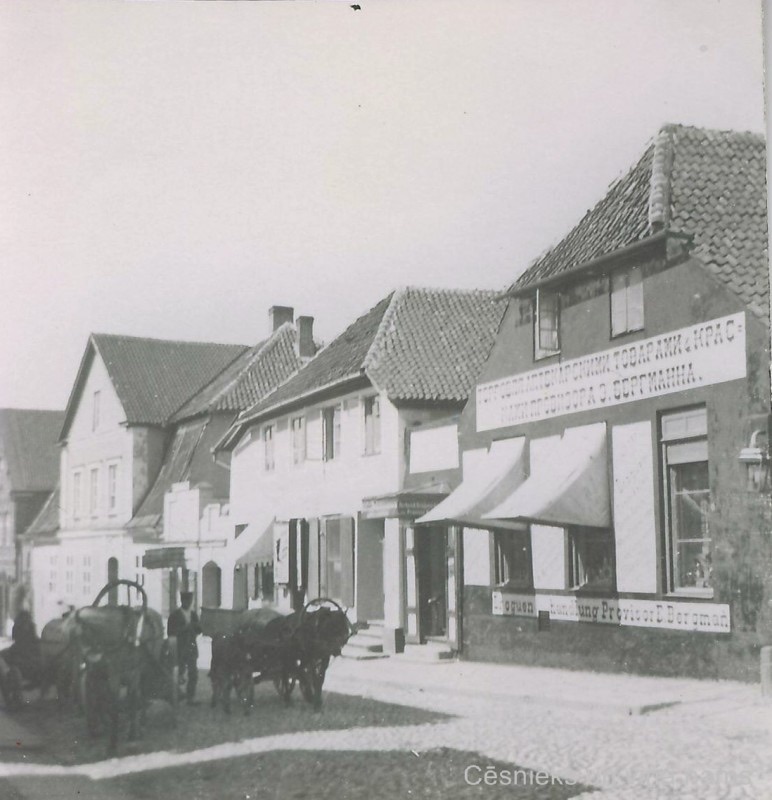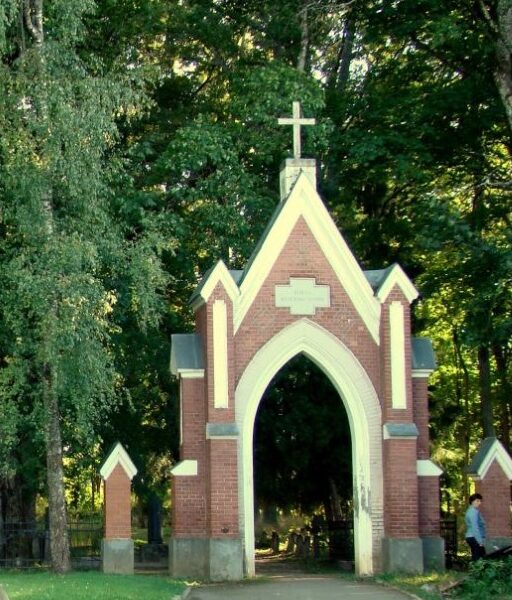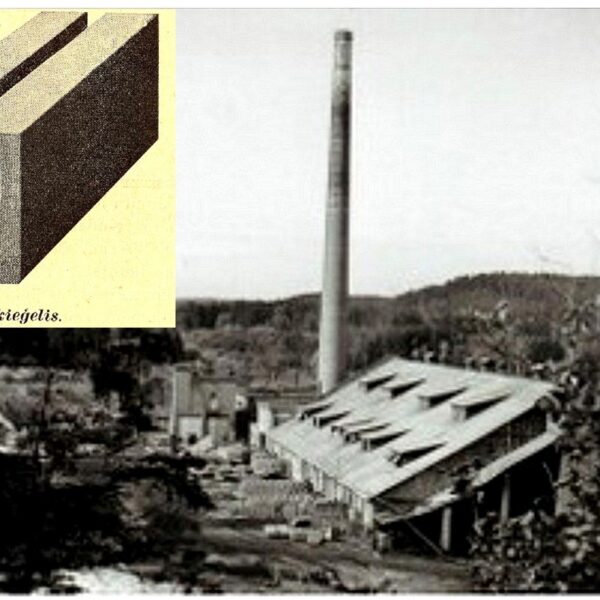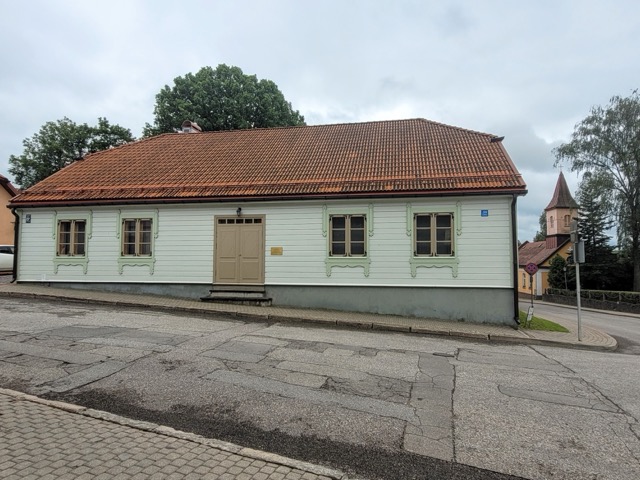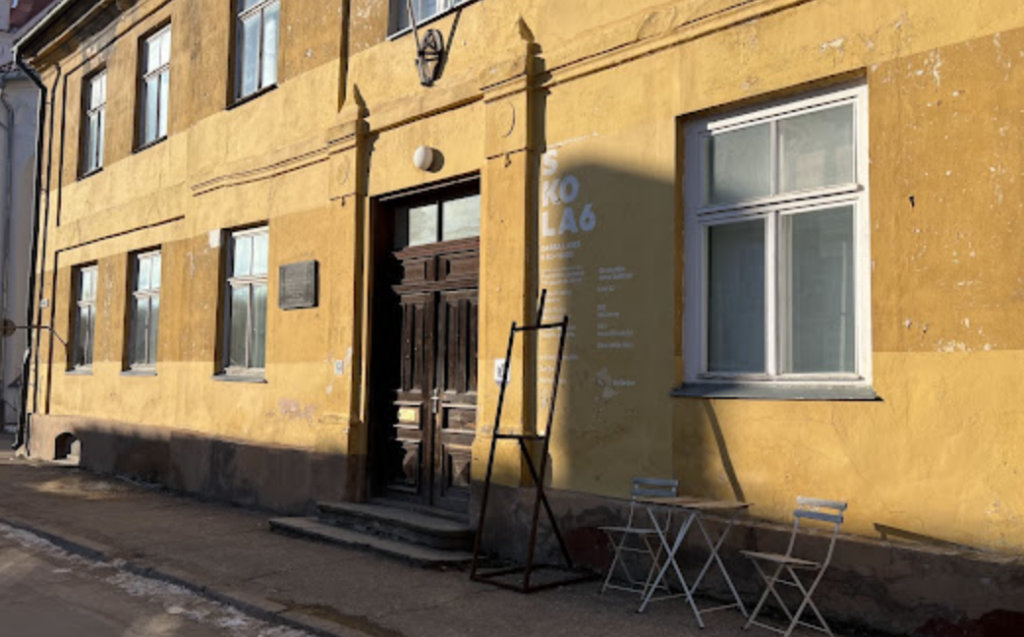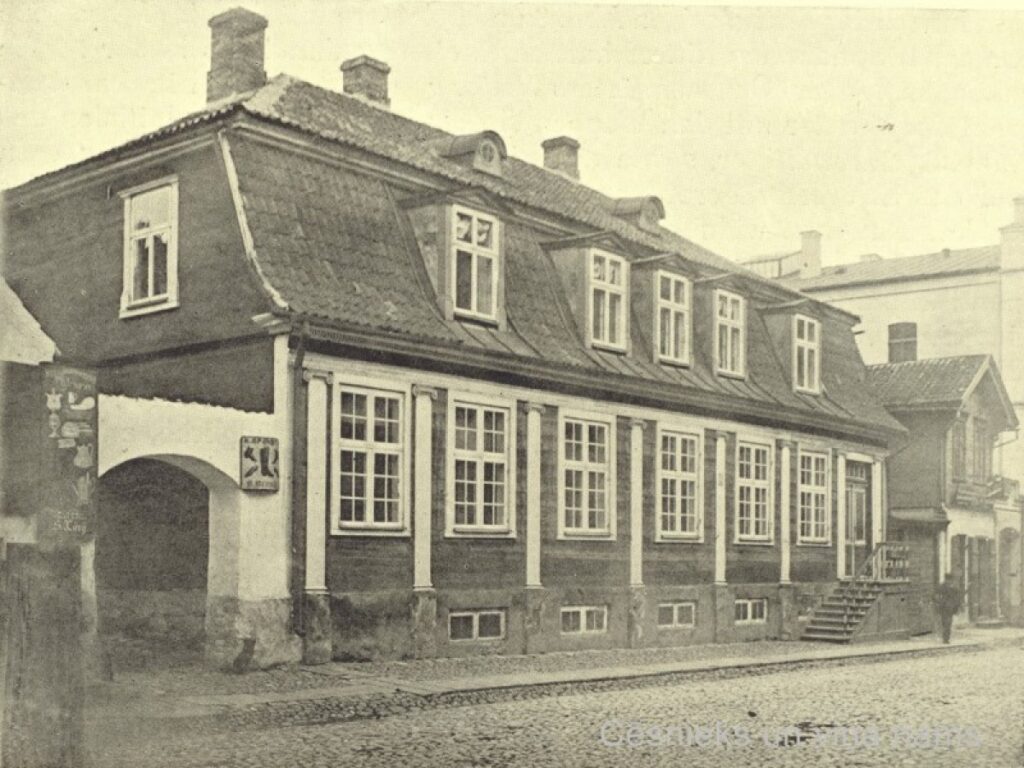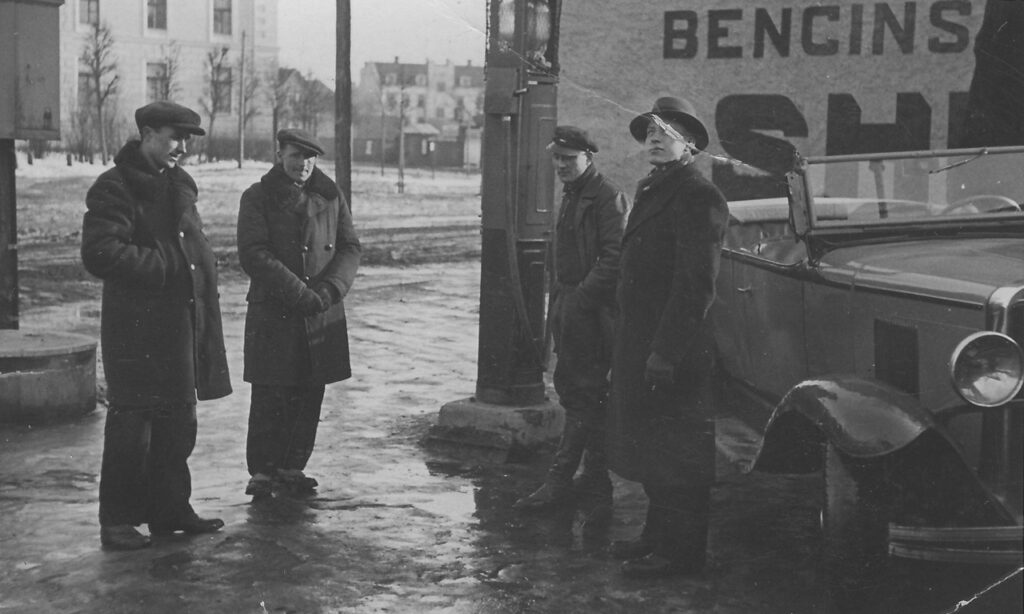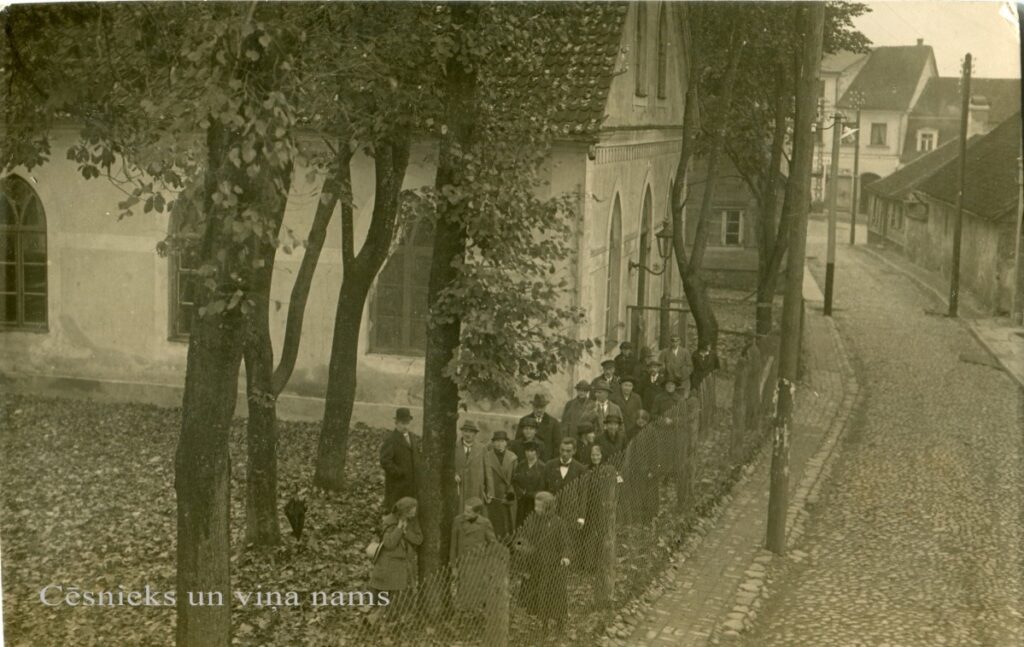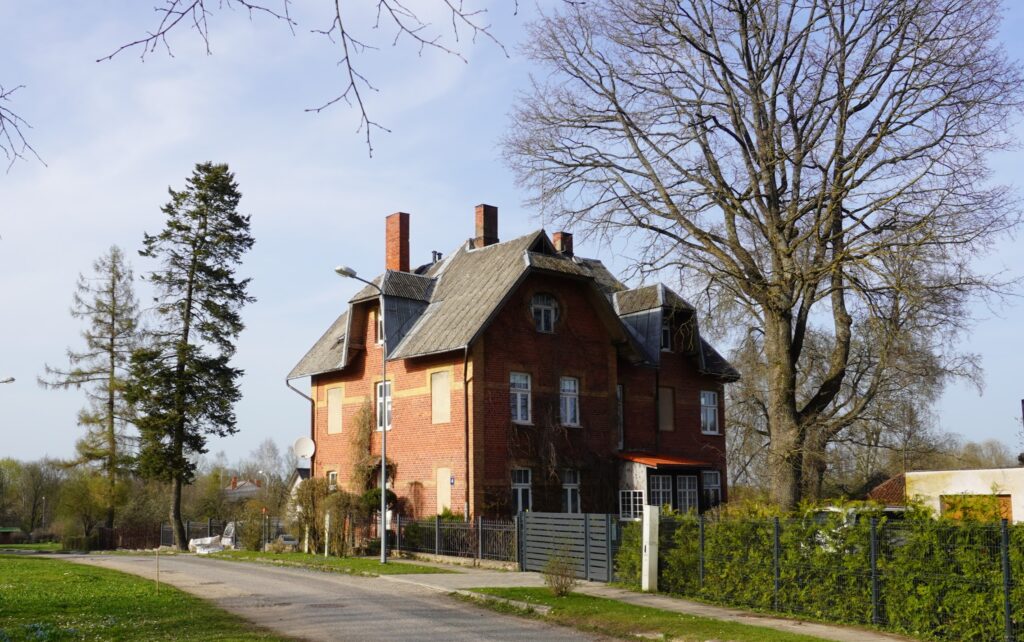The history of 34 Rīgas Street dates back to the second half of the 18th century. 1773. In 1910, the butcher and butcher Michael Heijn bought a plot of land from the Varkal master Johann Friedrich Meisel and built a stone dwelling house on it. It is interesting to note that the house has been connected with the meat trade from the very beginning, and this tradition continued for centuries.
In 1816, according to the decision of the magistrate of Cesis, the property was inherited by Heijns’ daughter, Sophie Kathrin, who was married to the carpenter and butcher Peter Ernest Wapp. In the following years, the property continued to change hands until, in 1829, the house and the garden outside Katrin’s Gate were purchased for 850 silver roubles by the butcher and carpenter Karl Friedrich Stelz.
In the second half of the 1817 century, the house changed hands several times. In the 1870s-1880s, the owner of the plot was Theodor Gangus. After his death, interesting changes in the structure of the property began. 1886. In 1910 the property was divided between the widow Anna Gangus, née Freya, and the widow Ekaterina Freya Gangus, née Lutz. Anna Gangusa received the stone house with the land belonging to it.
Anna Gangusa was apparently a shrewd and thrifty person, because in 1896 she separated a small plot of land from her property and sold it to a merchant, David Jēkabs’ son Bērziņš, who added it to his neighbouring property at 32 Rīgas iela.This transaction was connected with the landlady’s financial difficulties – in 1886 she had borrowed 9000 roubles from the Cesis Savings and Loan Fund, and the sale of the plot helped to repay the loan. However, her financial manipulations did not end there, because in 1899 she borrowed another 4000 roubles from the Vidzeme Town Mortgage Society.
Interestingly, Anna was also obliged to pay 1 rouble annually to the Lutheran pastor of the town, according to an entry in the mortgage book of the magistrate of Cesis on 24 January 1855. Such payments are a testimony to the traditions of the time and the role of the church in the administration of the town.
The building has not lost its significance in the early 20th century. As in other buildings, the space was rented out for shops and apartments. Butcher’s shops and sausage shops have a particularly vivid history in the building. 20. At the beginning of the century, the gate annex housed J. Cēdera’s meat and sausage shop. 1927. Līkums opened its wing here in 2007.
The police, in the presence of a veterinary surgeon and a representative of the town council, carried out a health check and found two half-headed pigs that had died. Soon after this incident, in December of the same year, E. Vīgants opened a “meat and sausage shop” here. And just like today, there were sales, during which 1 pound (400 grams) of “first-quality rendered pig fat” could be bought for 80 santims (40 Latvian roubles).
In January 1932, a landlord placed an advertisement in the newspaper that a pigsty was for rent at 34 Rīgas Street. In February, the firm “Bērziņš” opened a meat and sausage shop. In his shed, as the autumn season began, beef prices dropped: “first-quality soup meat from 10 santims (400 grams), shirogale from 24 santims, fresh beer sausages for 20 santims”. At the same time, Voldemārs Bērziņš of 34 Rīgas Street was found to be selling unfit sausages, for which he was prosecuted.
The building was used not only by butchers, but also by other professions. 1930. At the beginning of the 1990s, there was also a shoe workshop at 34 Rīgas Street, owned by Mrs M. Anderson. When it was moved to 10 Rīgas iela, the workshop was rented by the watchmaker K. Andersons. The building also housed a “gentlemen’s and ladies” hairdressing salon “. A ladies” haircut cost 80 santims, “hot eyebrow colouring – 80 santims, manicure – 50 santims”.
Unfortunately, the life of the house ended in September 1944 as a result of an air raid by the Bolshevik army. Several attempts have been made to restore the building, including the construction of a Hesburger restaurant, but this has not been successful due to the architectural requirements of the city to restore the building to its original appearance.
The materials used for the description are:
Dace Cepurīte, Mg. hist., Research “A Cēsis Native and His House”
Collections of the Cesis Castle Museum.

